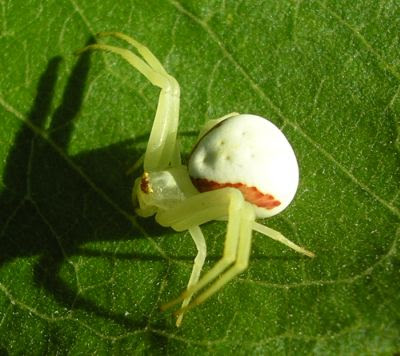
I Am We: A KidLit Bird Book Review
18 hours ago
Thomasburg is a small hamlet in the Municipality of Tweed in eastern Ontario. Behind my home here is a fallow field, swamp, cedar bush, old apple orchard and woods. Almost every day I take the same walk through this territory to see who's been by, and try to figure out what they've been up to.










Milkweeds are an important component of the native and naturalized vegetation communities of Ontario as they are an important nectaring plant for many species of Lepidoptera, such as the Monarch butterfly. (From Milkweed Species in Ontario)
Why is Milkweed on the List of Noxious Weeds in Ontario?
Common milkweed can be a very difficult weed to control in many field crops thereby causing significant reductions in crop yield and quality. This can have a considerable negative impact to a grower's net economic return. In the last 10 years, new herbicide technologies have greatly improved the control of common milkweed in field crops. However control of common milkweed around field borders is essential as it minimizes seed spread into fields and therefore reduces the reliance on herbicides for "in field" control.
Common milkweed when consumed in large quantities is poisonous to livestock. Therefore minimizing populations in actively pastured land will greatly reduce the chance of any adverse health affects to livestock.
For more information on Milkweed and the Weed Control Act, refer to the article entitled: "Milkweed Species in Ontario".
Protection: There is no formal protection for this species in Ontario. Three key management strategies have been identified to protect the Monarch Butterfly. Milkweeds, the larval foodplant, should be taken out of the noxious weed acts in Canada; native wildflower habitat should be protected and encouraged; and migration stopover sites should be protected from disturbance.







